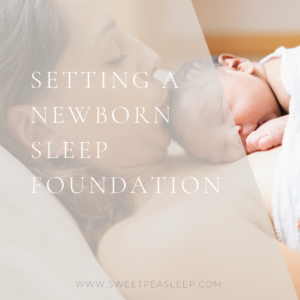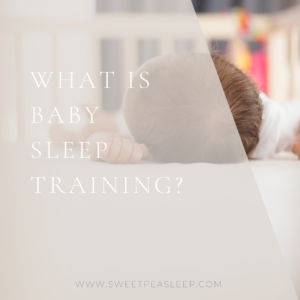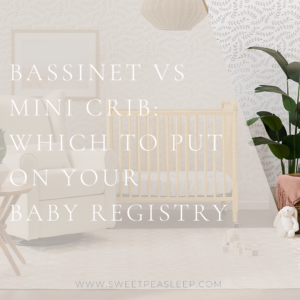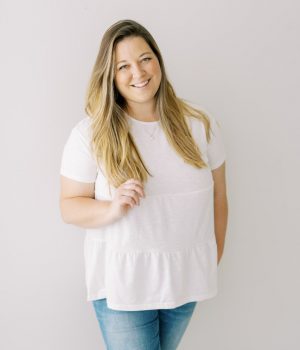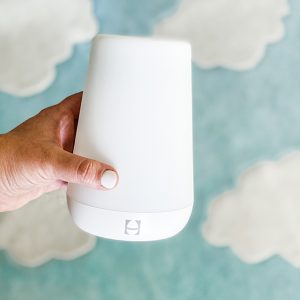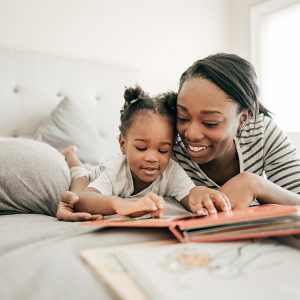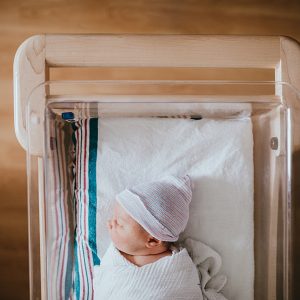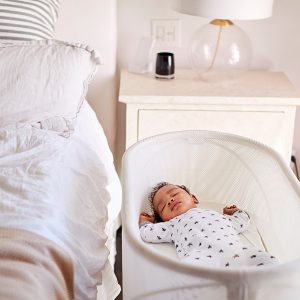Since sleep regressions are a FAQ with clients and followers alike, I figured I’d start going a little more in-depth with each sleep regression in a blog post series! Let’s begin by diving into the first and potentially roughest sleep-regression: the four-month sleep regression (which can happen as early as three months and as late as five.) If you already had a baby who was a good sleeper, they’ve suddenly started waking at all hours of the night! And if you already had a bad sleep situation you didn’t think could get worse? Unfortunately, it most-likely did.
Why is this happening, you ask? If you follow me on my social media pages, you’ll have heard me say this before, but regressions are a result of PROGRESSIONS. Whether that be learning new and exciting skills, or changes in sleep cycles. In this case, it’s the latter! The four-month regression is unique in that it is the only regression where your baby’s sleep-cycles change. When babies are newborn, they basically have two modes so to speak: awake and deep sleep. So, if your baby was a good sleeper from the get-go, they could be in deep sleep for hours and take good stretches of sleep for you while often seeming unphased by light and sound. However, once they hit this regression, their sleep cycles become more like adult sleep cycles. This means that they cycle in and out of light sleep quickly (anywhere between 20 to 50 minutes), causing frequent wakings. Additionally, babies often hit a growth-spurt at this time and want to feed more frequently for a few weeks, which can exacerbate the wakings.We as adults wake up several times throughout the night, we just often don’t remember these wakings because we are used to them and know how to put ourselves back to sleep, unlike almost all babies. This brings me to the next point:
How do I get my baby to sleep?! By teaching them the skill of putting themselves back to sleep when they have these inevitable, normal wakings! Like so many things in life, they need our guidance starting out. This can be as simple as trying at least once a day during naps putting your baby down drowsy but awake and seeing if they’ll put themselves to sleep. If they take to this habit, try incorporating it into night sleep! If a baby falls asleep in their usual space, they won’t be as startled waking up in it as they are when they fall asleep nursing/rocking/in your bed and wake up somewhere completely different! Additionally, sleep environment is incredibly important. Blacking out your baby’s sleep environment (using blackout blinds, curtains, or even just black cardboard and tape) can make all the difference in your baby’s sleep! Having loud white-noise (about the equivalent of a running shower) and a cozy, weighted swaddle or sleep sack combined with dark environment is all very comforting and womb-like to babies, which can encourage sleep. I highly recommend the Hatch Baby Rest as the best white noise machine/okay to wake clock on the market thus far, and Nested Bean for their wonderful weighted swaddles and sleep sacks, we use and love both of these products!
Some babies may require some gentle sleep training, which I can happily provide you with a detailed plan tailored to your baby and your comfort level! If your baby learns the skill of independent sleep early on, it definitely helps future regressions go more smoothly! Need help getting through this difficult regression? Let’s set up a consult!
Katelyn
